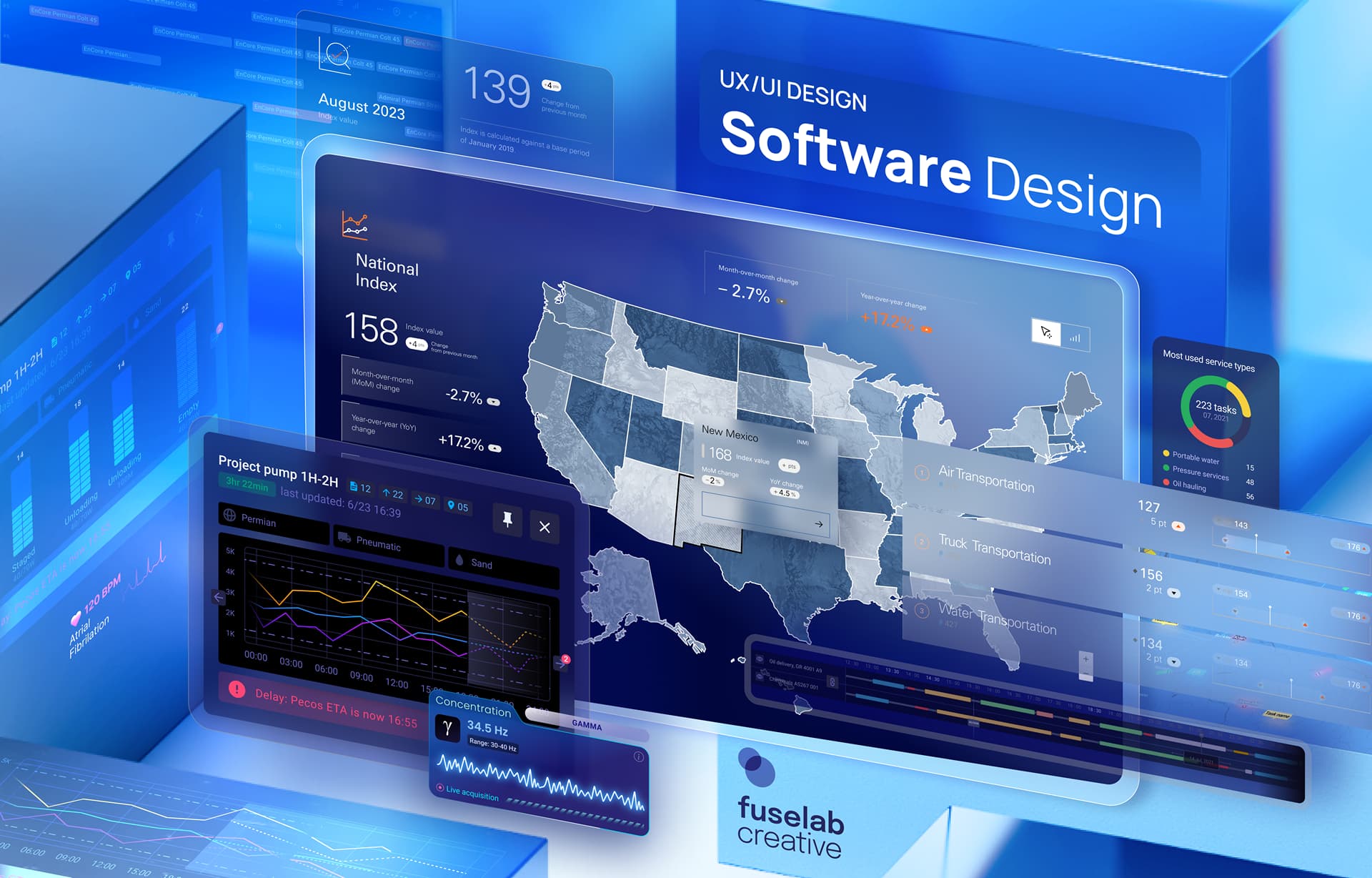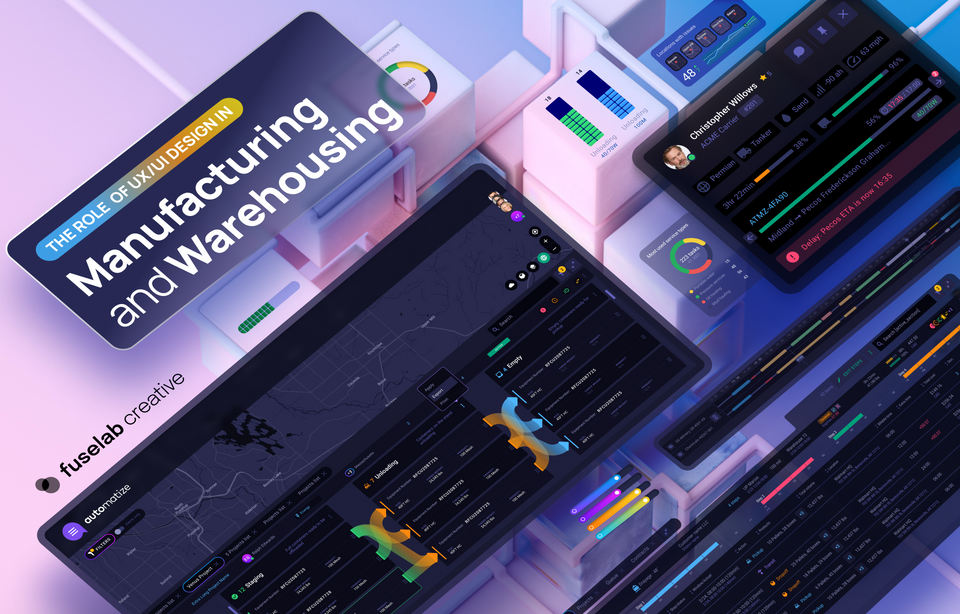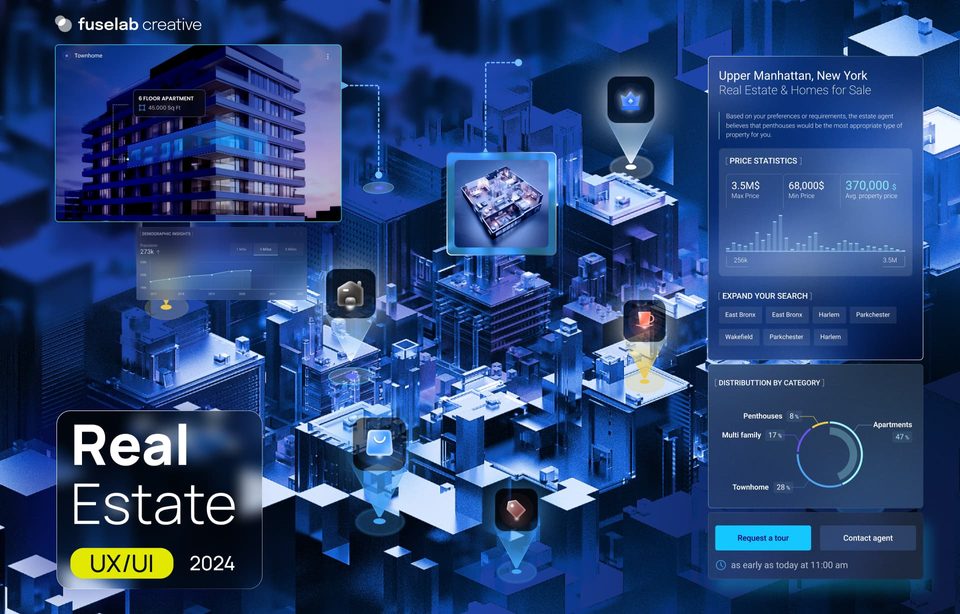What is Software Design, and Why is it Important?

What would you do if you came across a mobile app with a confusing interface? How long would you try to figure out a poorly designed website? How long would you wait for a slow-loading page to open? The likely action to take for all of the above would be to exit the app or hit the back button on a website.
61% of users say that they’ll go to another site if they don’t find what they’re looking for within about five seconds. And that is not all! Not only will these dissatisfied users never return to your site, but they will also tell others about their experience; around 13% of customers have said they will tell 15 or more people about their bad experiences. On the other hand, according to Forrester, better UI could potentially increase your conversion website rate by 200%, and UX design result in conversion rates as high as 400%.
In a world where business is conducted virtually, no business can afford to lose customers for the above reasons! The stakes are too high, and the impact is far-reaching.
Weighing the pros and cons leaves us with one undeniable fact: businesses can no longer ignore software design.
What is Software Design?
Simply put, software design is the blueprint for creating a particular software, such as a mobile app or a website. It’s the roadmap software engineers use to translate what a user wants the program to do into how it will function.
At the onset, software development was seen as a technical process; however, over time, it has evolved into a discipline that combines the art of visual appeal with the science of product development and the psychology of user behavior.
The process comprises several stages, the first of which is planning and research. The information gathered is then used to build a bridge that combines the requirements of the user with the services offered by the product. This stage of the process is UX or user experience design for software and involves gaining a deep understanding of requirements, thoughtful planning, and a strategic approach to problem-solving to improve a typical user’s digital journey.
Once the foundation is laid, the UI/UX design team jumps in to provide a design roadmap that incorporates best practices of software design and the UX insights uncovered in the discovery phase.
The software design and development process includes a variety of coding and graphic design elements, encompassing various stages, from high-level system architecture to low-level detailed design and data management.
Best Practices and Key Principles of Software Design
Software design can follow fairly structured steps and concepts for problem-solving and solutions. Here are some of the fundamental principles of digital design:
1. Modularity
A key concept of software design is to build the product as a sum of modular pieces. Dividing the entire product into separate sections with specific functionalities can help scale the product easily and quickly. It also adds flexibility for maintenance or to make changes without affecting the running and availability of the digital product to its users.
2. Abstraction
Abstraction refers to simplifying complex systems by highlighting only the essential details and hiding unnecessary complexity. A crucial part of software UI/UX design is to decide which step or information is key to the process and what can be dropped to create a more simplified and targeted user experience. The core aim is to make the design more manageable and easily understood and to build something that is 100% intuitive, needing little or no explanation for immediate use.
3. Separation of Concerns and Parts
In the context of software design, separation is arrived at in two ways. One is to keep certain parts of the software separate and secure from the others in the software. This is usually done to enhance security and prevent interference. We also have a separation of concerns regarding maintaining a siloed approach for different functionalities such as business logic, user interface, and data access.
- Refactoring
Refactoring means reconstructing parts of software in a way that does not affect the rest of the program or product. It usually implies redesigning to simplify the function but without touching the other part of the product in any way.
5. YAGNI (You Aren’t Gonna Need It)
Reduce complexity by only designing and adding bits needed at the beginning. The modular structure of the software design process makes adding new functionalities easy and seamless.
6. Test-Driven Development (TDD)
In enterprise software UI/UX design, developers write tests before writing the actual code. This keeps the code strictly functional and catches issues early in the development process.
7. Continuous Integration and Continuous Deployment (CI/CD)
Implementing CI/CD practices ensures that code changes are frequently integrated, tested, and deployed. Many products are now released in their testing phase and user feedback informs the CI/CD process. This naturally results in shorter development cycles and ensures that the software is always in a deployable state.
(Check out how our team developed Radiology Queue, a UX/UI design that allows medical providers to quickly scan through documentation and confirm the diagnosis through their view of the same x-ray.)
While the core principles and concepts of software web design are well embedded in the development methodologies, working with teams takes pains to incorporate newer concepts. Here is a look at some of the key trends that have emerged in 2024:
Current and Upcoming Trends in Software Design
1. Artificial Intelligence and Machine Learning: Integration of predictive analytics, personalized experiences, and intelligent automation in design has become almost expected with the advent of AI and ML.
2. Microservices Architecture: This approach continues to remain popular as it provides developers more flexibility, scalability, and resilience.
3. User-Centered Design: User-centered design gains a larger share of development attention as software UI/UX design becomes a critical differentiator for discerning users. Designers are now leveraging user research, usability testing, and accessibility guidelines to ensure that their products cater to diverse user groups.
5. Human-AI Collaboration: As AI becomes more integrated into software systems, there is a growing focus on software interface design that facilitates seamless human-AI collaboration. Designers are now focusing on creating intuitive interfaces that make this collaboration between users and AI smoother and more useful.
6. Sustainable Software Design: With the cost of emissions being embedded into every human activity, climate-friendly design methodology is emerging as a critical trend. This involves creating energy-efficient software, optimizing resource usage, and considering the environmental impact of software development and deployment.
(Here are some more UI/UX design trends for 2024; do read through!)
Key Takeaway
Software design is the lynchpin on which the success of digital products spins! The current approach to software design is revolutionary. It has brought together creativity and aesthetics, systematic methodologies, algorithms, data structures, and psychological aspects of mapping user behavior, needs, and emotions – and all of this is further supercharged by emerging technologies such as AI, ML, and IoT. The result is software products that strive to delight end users!
If you want to create a software product that is grounded in time-tested principles but has all the trimmings of new technology and trends, then reach out to our Software Design Service team. We look forward to helping you design a product that matches and exceeds your vision.

